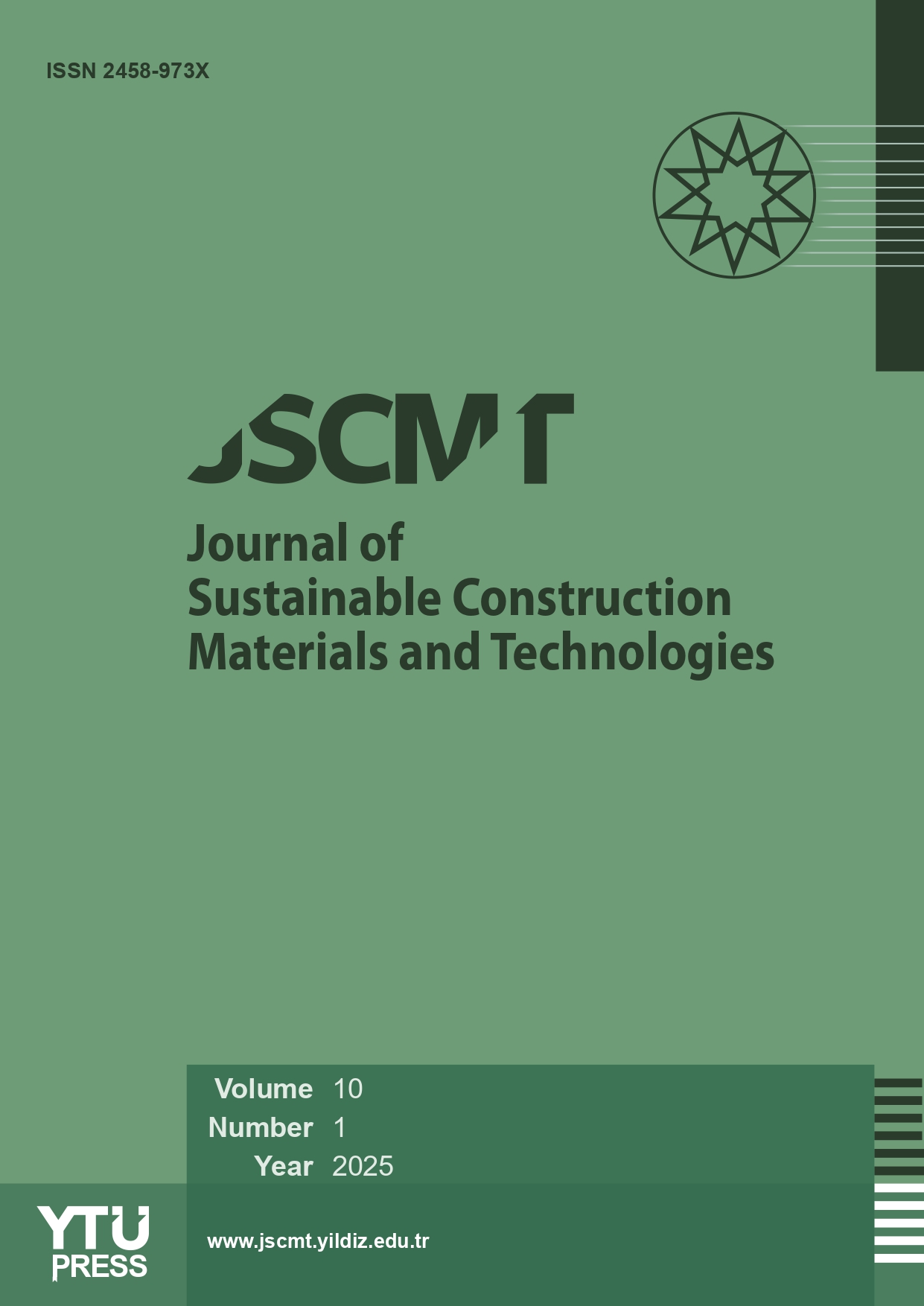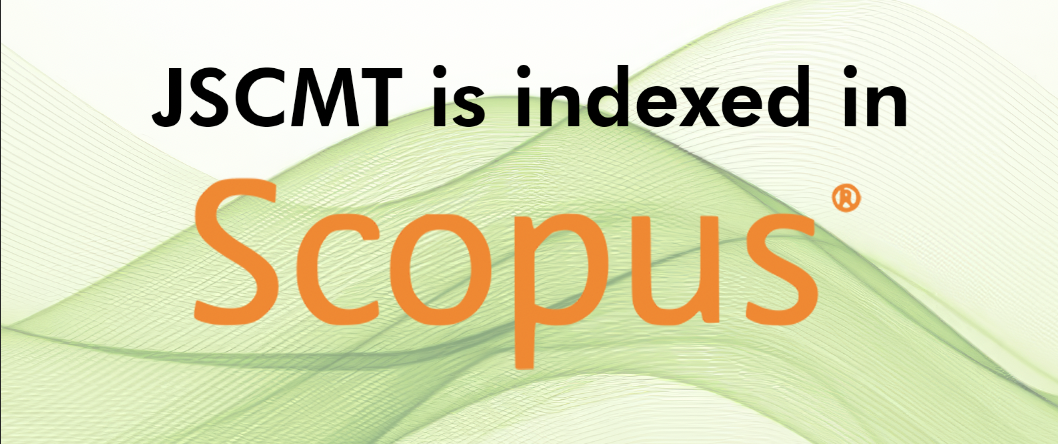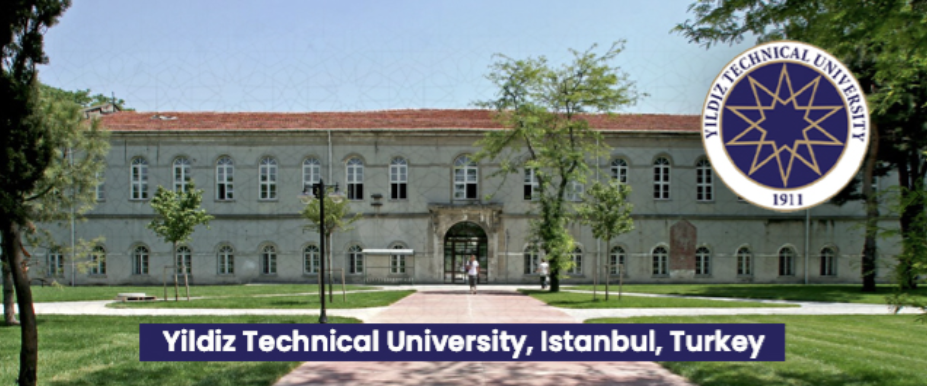Abstract
The aim of this study was to optimize the aggregate gradation curve (AGC) for recycled aggregate concrete (RAC). Five different gradation curves such as three AGCs defined in TS802 (A16, B16, C16) and two proposed AGCs named G1 and G2 were employed. The concretes designed with AGCs consist of different mortar phases and included coarse aggregates such as coarse NA and coarse RA. Thus, three stages were considered and were progressed in the experimental program: the 1st stage included the evaluation of the properties of the mortars, and the effect of AGC on the mortar phase of the concrete was investigated. The mortars had the components of concrete such as cement, water, and fine aggregate (<4 mm) representing the mortar phase of concretes. The 2nd stage was the evaluation of the test results of the fresh and the hardened concretes and, in this stage, the effect of AGC on the properties of concrete was diagnosed. Also, an additional stage was the 3rd stage and was made on the experimental data to define the weights of the parameters of the concretes by using the Entropy Method and to select the best AGC with the help of a decision-support instrument, TOPSIS. Separately evaluation of the test results showed that C16 resulted in a durable RAC in terms of low water absorption capacity with high compressive strength. Besides, the results of the Entropy Method presented exciting findings, and the coarse aggregate ratio in the mix was found to be the most effective parameter among the investigated parameters. When all parameters were investigated together using the TOPSIS method, the best AGC was found as G2 for RAC, but
A16 can be preferred instead of G2 according to the similar TOPSIS scores. In addition, this paper opens a path in the literature regarding the need for the development of AGC in RAC and further investigations should be made.
















